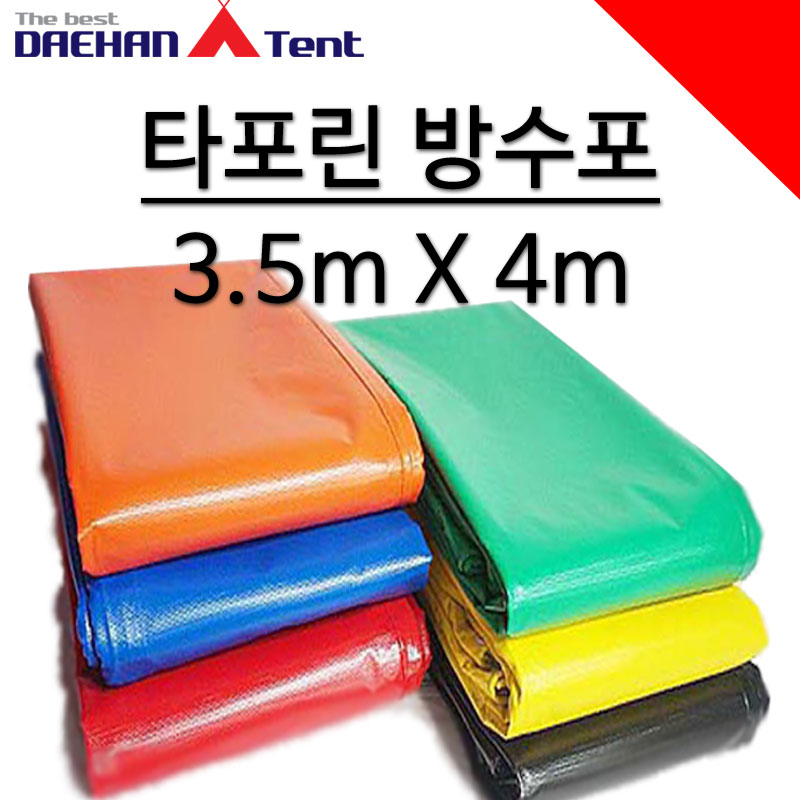early care for children’s growth

Children’s empyema was discovered in the early stages and could lead to positive results if properly managed. In particular, the oriental medicine approach helped relieve children’s symptoms in a natural and soft way. In oriental medicine, prescriptions were provided in consideration of the child’s overall health condition and constitution, so the cause of empyema could be dealt with. As a result, the focus was on preventing recurrence of symptoms and strengthening children’s immunity. There are various herbal medicine management methods such as herbal medicine, acupuncture, and coupling, which were easy for children to accept and safe for parents.

When a child showed symptoms of a nasal cold, if the symptoms did not improve and continued with common cold medicine, he had to suspect empyema. In the early days, it was easy to overlook empyema due to symptoms similar to colds, but it was important to be diagnosed at the right time and start managing it. Unlike colds, empyema had a characteristic that symptoms lasted for a long time and did not improve with general cold medicine. In particular, children were observed with frequent runny nose, stuffy nose, postnasal symptoms, headaches, or facial pain. When these symptoms appeared, it was necessary to consider various management methods, including oriental medicine methods. Traditional Chinese medicine management has contributed to relieving children’s symptoms in a natural way and maintaining their health in the long run.

It was important to understand the characteristics of the symptoms in managing the symptoms of empyema. Unlike a cold, a sticky yellow runny nose appeared in empyema, which was an important signal distinguished from a cold. In addition, symptoms such as nasal tears, long-lasting nasal congestion, headache, and facial pain may appear. When these symptoms lasted for more than two weeks and were not relieved by general cold management, I could suspect empyema. At this time, applying the oriental medicine management method helped ease the inconvenience experienced by children and improve their health.

For children, the case of pushy, the conditions may be relaxed in the initial stage, the state may be reduced rapidly.Chinese medicine management was able to provide appropriate approach to children.This method was characteristics to promote personal health conditions and lifestyle and lifestyle habits.Various Chinese medicine, acupuncture, acupuncture, acupuncture, acupuncture, acupuncture, acupuncture, acupuncture, acupuncture, and they could adjust the conditions.These individual approach was useful for long health maintenance of children’s symptoms.Also, the health condition of children’s health conditions through regular Chinese medicine and adjustment plan.

It was not easy to distinguish between a cold and empyema when a child showed symptoms of runny nose and stuffy nose. Symptoms caused by a cold usually improve within a few days, while sinusitis lasted longer, making it difficult to manage with ordinary cold medicines. If your child complained of a runny nose and stuffy nose continuously and the symptoms continued for more than a week, it was necessary to be diagnosed. In this case, oriental medicine management was able to analyze children’s symptoms in detail, find the cause, and come up with a management plan accordingly. The oriental medicine approach focused not only on relieving symptoms but also on managing the overall health of children.

The characteristic symptoms of empyema became an important point distinguished from colds. In empyema, a yellowish runny nose appeared, which was different from a transparent and thin runny nose that appeared when you had a cold. In addition, the symptoms continued for more than two weeks, and after the runny nose moved to the back of the neck, nasal bleeding, headache, and facial pain sometimes appeared. It was helpful to consider herbal medicine management when these symptoms continued and the cold medicine did not improve. Traditional Chinese medicine management has contributed to maintaining long-term health and strengthening immunity by providing management that suits the child’s constitution and health beyond relieving symptoms.

Chinese medicine management was carried out in accordance with individual constitution and physical conditions, and physical problems.This management was important role to improve the immune system and strengthen immune power.Internal Management using Chinese medicine, and strengthened the balance of body and strengthening the body health.Also, the swelling of the nasal cavity through the respiratory and inflammation of the respiratory tractor, and helped help help help help help help you.Management methods used to manage the problem with salivary and moxibana, and the suppurations of the children’s depression.This approach has become easier to breathe more comfortable.

It was important to manage the symptoms of pushy in early stages.If you can misunderstand the symptoms of cold and misunderstanding the health condition of children’s health conditions and visit medical institutions.The interest and rapid response to the growth of children’s growth.The development of children’s healthcare and supporting children’s healthcare, and development of children’s healthcare.These management was useful to maintain health and heart.50m NAVER CERORP./ OpenStetMap map datax NAVERCreditMap Map Map Map Controller legend Real Estate Streetthe country of the city and city of the city and city, city and city city

Ainuri Oriental Medicine Clinic Pyeongchon Branch Dongan-gu Citizens’ Street, Anyang-si, Gyeonggi-do 202 Emerald Building 6th Floor Ainuri Oriental Medicine Clinic Tsubomura Store Reservation

Ainuri Oriental Medicine Clinic Pyeongchon Branch Dongan-gu Citizens’ Street, Anyang-si, Gyeonggi-do 202 Emerald Building 6th Floor Ainuri Oriental Medicine Clinic Tsubomura Store Reservation

Previous image Next image

Previous image Next image

Previous image Next image

Here’s the previous image. Here’s the next one

Here’s the previous image. Here’s the next one

Here’s the previous image. Here’s the next one

Here’s the previous image. Here’s the next one

Here’s the previous image. Here’s the next one

Here’s the previous image. Here’s the next one

Here’s the previous image. Here’s the next one

Here’s the previous image. Here’s the next one

Here’s the previous image. Here’s the next one

Here’s the previous image. Here’s the next one

Here’s the previous image. Here’s the next one























